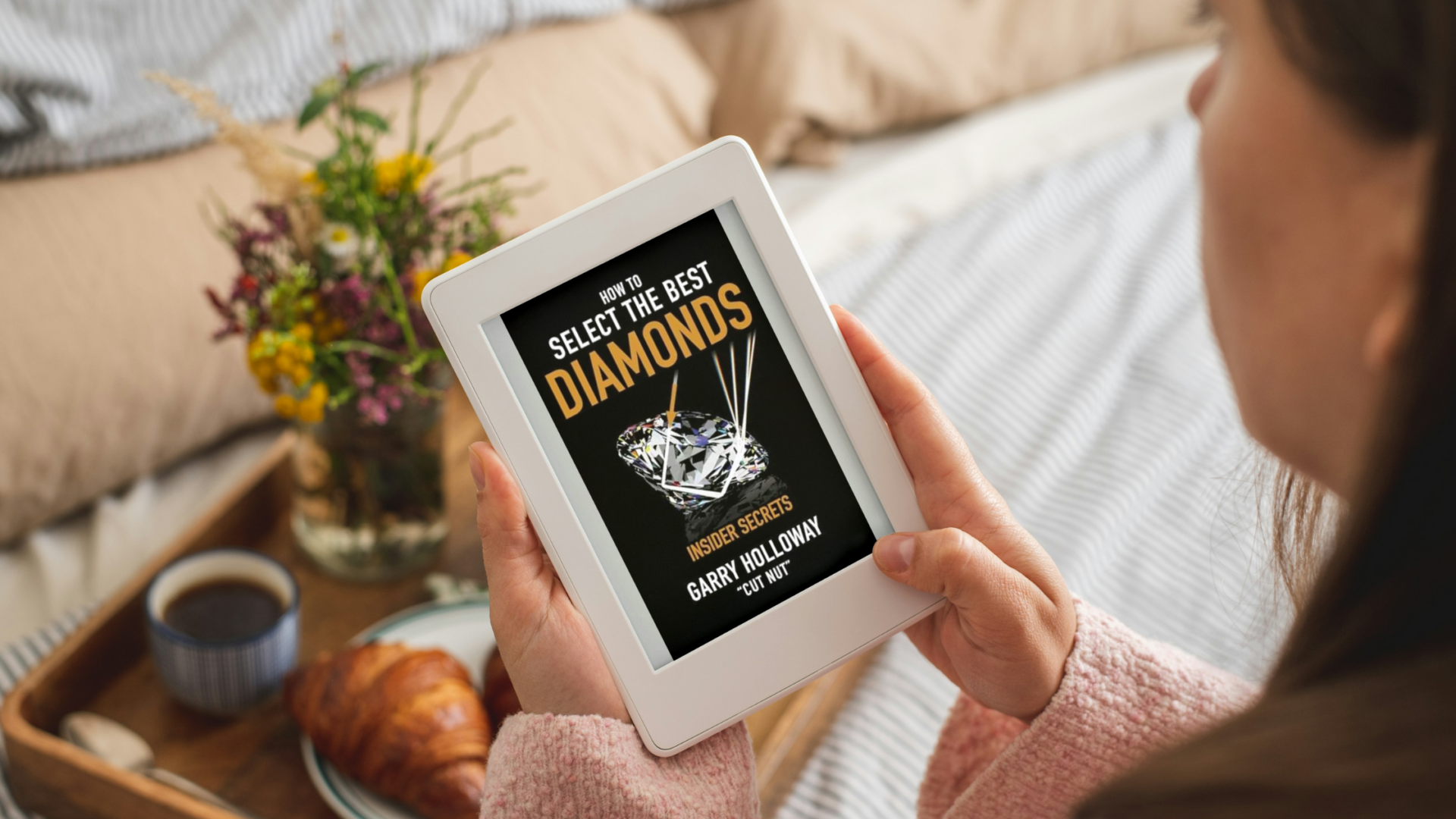I saw a 7+ carat burmese sapphire with 2 small trilliant diamonds on either sides on a platinum setting at a well known jeweler (don''t want to name names) in Beverly Hills for about $49,000. The color is a beautiful, vibrant, medium blue with tiny hints of purple. The stone seems to have a lot of sparks, and still look blue under different lighting, althoug it looks the most vibrant under the sun light. However, there is an inclusion (like a short, thick piece of fiber) on the underside of the stone that is visible to the naked eye, if you look at it closely.
I also saw another sapphire ring (also from a big name jeweler) that is 6 carat with a beautiful antique pave setting. It costs about 15K more. The sapphire was of darker blue, have a lot of sparks, looks nice and clean, and it also looks best under flourescent light.
I thought when it comes to color stone, it''s the color that command the price. Can any sapphire experts out there explain to me why the 6ct would cost more than the 7ct sapphire with the better color? Both jewelers are big names with signed jewelry pieces.
I also saw another sapphire ring (also from a big name jeweler) that is 6 carat with a beautiful antique pave setting. It costs about 15K more. The sapphire was of darker blue, have a lot of sparks, looks nice and clean, and it also looks best under flourescent light.
I thought when it comes to color stone, it''s the color that command the price. Can any sapphire experts out there explain to me why the 6ct would cost more than the 7ct sapphire with the better color? Both jewelers are big names with signed jewelry pieces.




300x240.png)